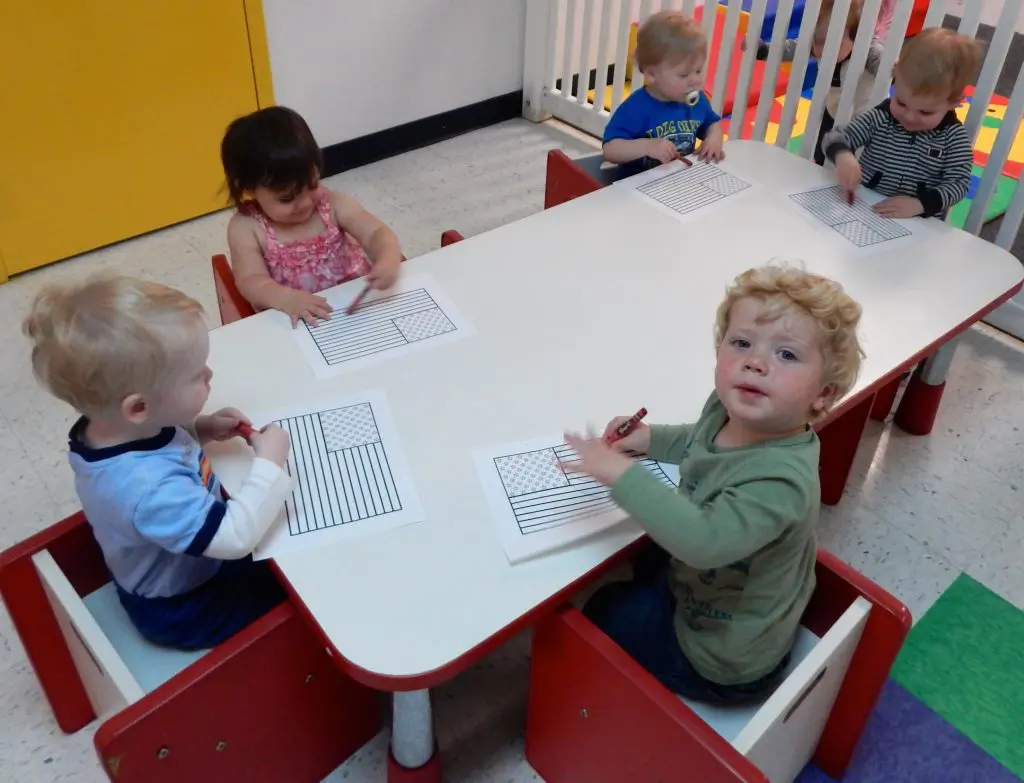5 Good Manners Parents Should Teach their Kids

Good manners are an essential and expected developmental goals for the members of a civilized social system. Every person comes to learn and understand how complex social interactions can be. An upbringing that bestows proper social etiquette and behaviors is what allows society to function coherently and cooperatively. If your child isn’t brought up with […]
Dealing with Child Separation Anxiety at Drop Off

There are so many emotions that a child feels as they go to school for the first time. They become anxious, nervous, or uneasy. They have this thinking that they would never see their parents again. And the thought of being in an unfamiliar environment surrounded by many new faces could scare them.
Top 3 Recipes to Make for National Chocolate Cake Day

Throughout the year, people celebrate a number of different holidays. Be Black Friday or Thanksgiving, people have assigned almost every single day to any holiday that they could think of. But what’s so special about chocolate to have a day for it?
Best Christmas Gift Ideas for National Safe Toys and Gifts Month

The holiday season is the time to give and receive gifts, such as books, toys, and movies. Children look at different toys that shine in malls that make their eyes sparkle with joy. Parents, on the other hand, worry about the safety of the toys they buy. What are the best gift ideas? Approximately 10 […]
4 Recipes for Celebrate National Potato Month with the Family
Being an integral part of the food supply of many countries, a world without potatoes is unimaginable! This month, we have more reasons to take in our favorite vegetable and make wonderful recipes because September is National Potato Month! To help you get started, here are some great potato recipes that you can make at […]
November Special Days
Friday, November 10: Superhero & Princess Day! Friday, November 10: Date Night (6:45PM to 10:00PM) Our families deserve an inexpensive way to spend a night on the town! Leave your child with us, so you can have a night of fun. This will be a good chance to have dinner without the kids, see a […]
Fun Alert: 13 Remarkable Circle Time Ideas for Infants and Toddlers

Circle time is important for infants and toddlers. It engages them in activities that help them to learn and grow. At the Langhorne Preschool, it is an important part of our daily routine for children. Below are thirteen excellent circle time ideas for infants and toddlers. 1. Song Board Having a “song board” that lets children pick […]
Sharing & Caring During the Holiday Season

Winter is coming, and that means that the holidays are on their way. It’s the perfect time to feel the holiday spirit and try to help your fellow man. There are a lot of different ways to do that, so it’s easy to find something that can make a difference for a small part of […]
The Importance of Early Education
All too many children are entering public schools already unprepared for success. They don’t have the tools, the foundations, or the background they need in order to succeed among classmates who may have been attending private preschools from their earliest days, whose parents can afford private tutors when they are unable to learn in a […]

